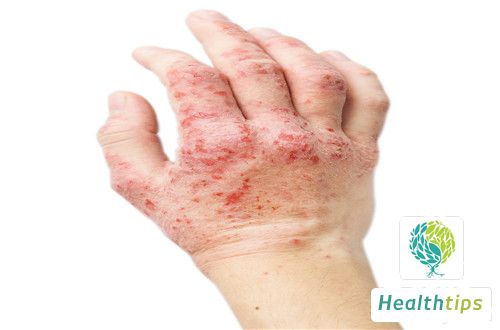Can TobraDex be Used Long-term for Babies?
Tobramycin eye drops, commonly known as Tobrex, are a type of ophthalmic solution with broad-spectrum antibacterial properties. When bacterial infections occur in a baby's eyes, Tobramycin eye drops are often prescribed for effective antibacterial and anti-inflammatory treatment. However, it is important to note that babies should only use these eye drops under the guidance of a doctor and should not be used for extended periods.

1. Can babies use Tobramycin eye drops for a long time? No, babies should not use Tobramycin eye drops for extended periods as long-term use may lead to bacterial resistance. Tobramycin eye drops are clear, colorless, antibiotic-based solutions primarily used to treat infections of the eyes and adjacent structures caused by bacteria. They have a local anti-infective effect.
2. What are the side effects of Tobramycin eye drops? Side effects of Tobramycin eye drops include local irritation to the eyes, such as a foreign body sensation, burning sensation, itchiness, pain, redness, and swelling of the eyelids. In rare cases, some individuals may experience allergic reactions. Long-term use can also lead to overgrowth of resistant bacteria and even fungal infections. Additionally, as Tobramycin has ototoxic and nephrotoxic properties, it can pass through the placenta and be secreted into breast milk through blood circulation. Therefore, elderly individuals, children, and pregnant women should use it with caution, and lactating mothers should stop breastfeeding while using this medication.
3. What age is appropriate for using Tobramycin eye drops? Tobramycin eye drops are generally considered safe for use in children over one year of age. For children under one year old, Tobramycin eye drops are also considered relatively safe as an antibiotic ophthalmic solution. They can be used to treat conditions such as conjunctivitis or dacryocystitis in newborns and bacterial infections in children over one year old, including bacterial conjunctivitis or bacterial keratitis.



















